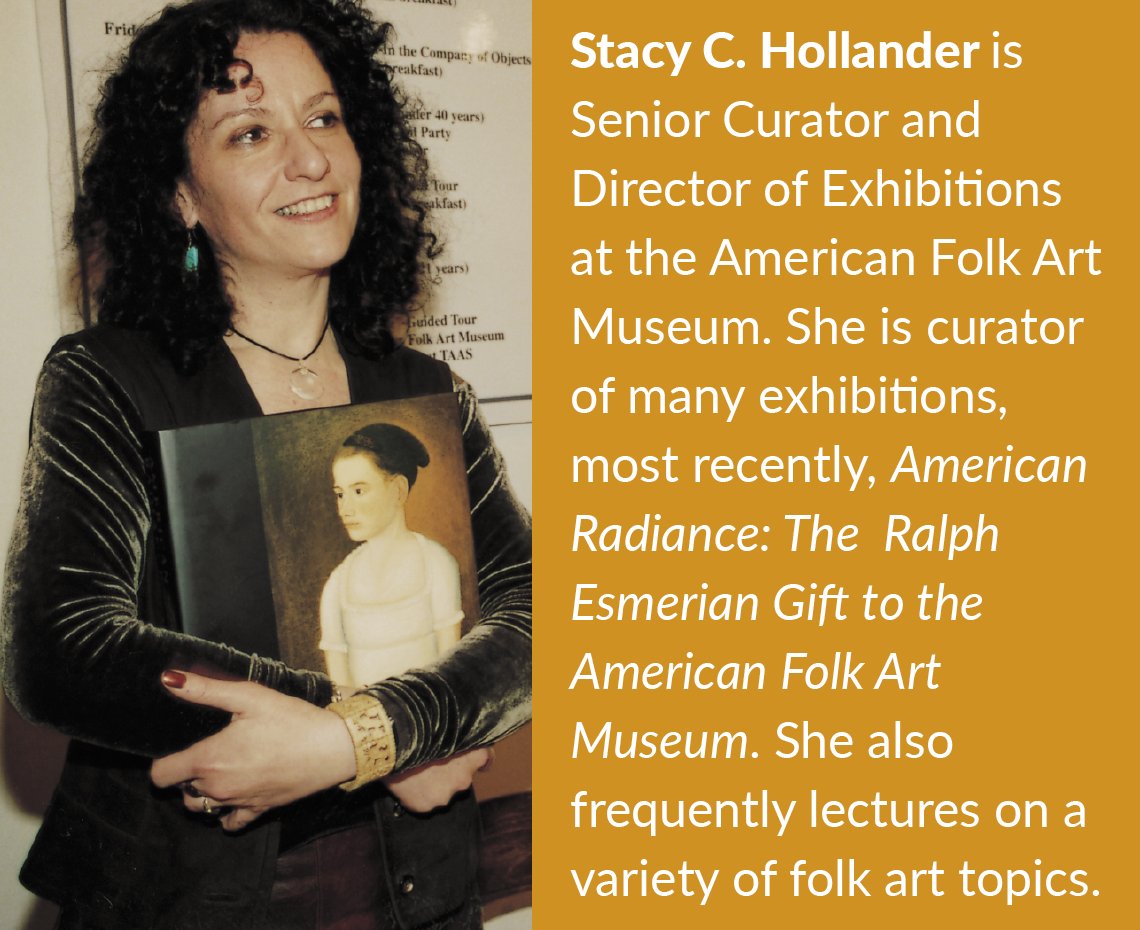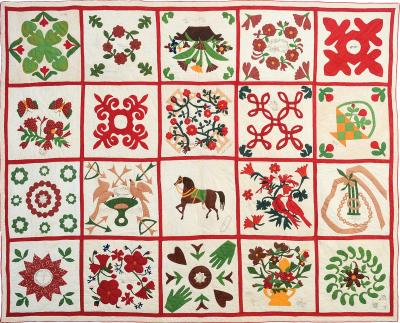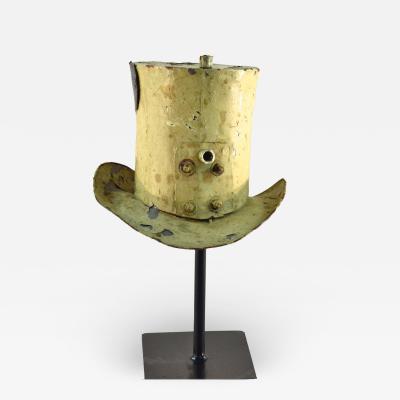Amish Quilt A Diamond Within A Square by Stacy Hollander
A diamond within a square. What meaning should we derive from this quilt?
As outsiders to the Amish community, probably none. Their use of geometric abstraction as symbolic form is intended for the understanding of only those
who use this particular language: the Amish.
 |
by Stacy C. Hollander
This quilt was a gift in 1981 from Paige Rense, honorary chair of the 2003 American Antiques Show. It was the first of its pattern to enter the collection of the American Folk Art Museum, and enhanced the museum’s important holdings of Midwestern Amish quilts given in 1980 by David Pottinger. The quilt is typical of Pennsylvania’s Lancaster County examples in that it is made from fine woolens in solid colors, its dimensions are essentially square, the center medallion is surrounded by a narrow inner border, and the outer border is wide with large corner blocks.
 |
Amish quilt: Diamond in the square. Quiltmaker unidentified, Lancaster County, Pa., 1920–1940. Wool with cotton backing. 81 x 79-1/2 inches. Collection of American Folk Art Museum, N.Y.; gift of Paige Rense. 1981.4.1. |
The “diamond in the square” pattern is specific to Amish quiltmakers in Lancaster County. Like many Amish quilts, it elicits a powerful but equivocal response in non-Amish viewers. The simplicity of large triangular and rectangular pieces in solid color fields conveys a sense of timelessness and quiet depths. The pattern feels old, yet the colors feel modern; it bears no relation to transitory tastes. These emotions are consciously evoked, as the Amish intentionally developed a system of quilt patterns that were in fact “out of time.” The center medallion format provokes an expectation of great age, while in fact most examples that have survived were made in the twentieth century. It meets, as scholars have pointed out, the Amish standard of nonconformity to outside fashion. Ironically, through their very conservatism, they become innovators.
Cultural and religious reinforcement may have been one impetus for the development of the diamond in the square design. While some scholars posit that all quiltmakers encode meanings into their quilts, Anita Schorsch, in her book Plain and Fancy: Country Quilts of the Pennsylvania Germans, expresses the belief that this is most particularly true of quilts made by Pennsylvania Germans. For her, the predilection for abstraction and geometry in Amish quilts is a product of outsiders in American society trying to avoid contact with mainstream society; an attempt to “make messages harder to decipher and therefore easier to keep private.”
 |
In many symbolic systems, the points of a diamond negotiate the realms between sky and water, the unknowable God and our physical world. In the Jewish mysticism known as kabbalah, an amalgam of diamonds forms a “tree” that comprises the ten creative forces that intervene between these spheres. In African symbolism, the four points of the diamond form a cosmogram, symbolizing the world of the heavens and the world of the ancestors. The diamond in the square is a medieval ideogram representing the four elements: air and fire at the top, earth and water at the bottom. Such medieval messages may have been grist for the mill of symbolism in Germanic communities. As Schorsch writes, “There was for many Pennsylvania Germans a ‘proper’ juxtaposition of stars and planets…which coincided with the seasons…and the four ‘medical’ humors.” The pattern may be a direct reference to the emblem published in 1626 by Thomas Jenner: a diamond and a square, meant to fit into each other the way man and God are meant to fit together. Still, the inspiration may be as prosaic as designs tooled onto the leather covers of the Amish Ausbund, or book of rules.
Let’s look at this quilt again. Now we see outsiders within a community of insiders; a sect within a larger society; conformity within nonconformity; innovation within conservatism. A diamond within a square.
This article was originally published in the 3rd Anniversary (2003) issue of Antiques & Fine Art magazine, a fully digitized version of which is available at www.afamag.com. AFA is affiliated with Incollect.com.
 |































